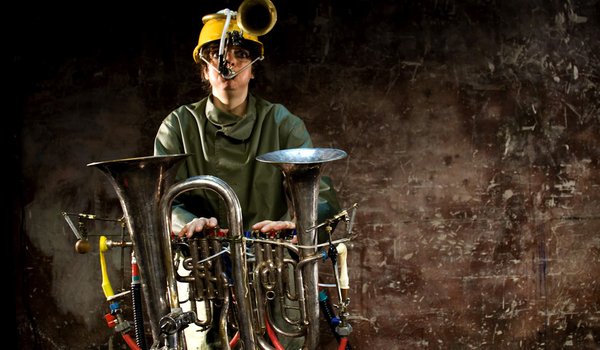SYMPOSIUM
10am-5pm, 11 Nov. 2017
Old Post Hall, Sheffield Institute of Arts, Fitzalan Square, Sheffield S1 2AY
Tickets: £17.50 (£15 with concert pass)
Our arts-research symposium, featuring a day of talks and other interventions.
This symposium puts forward Unmaking as a form of resistance. The taking apart of technology - whether algorithmic or mechanic - is a step in reaching new understanding, whether cultural, historical, or technical. The focus on movement in this process, for example through choreographic, musical, textile, or political action, provides common language for discussion across disciplines. The symposium is convened by the PENELOPE project, where the mythological figure of Penelope from Ancient Greece provides a universal paradigm of unmaking.
Discussion will be lead by
Ellen Harlizius-Klück, weaver, mathematician
Laura Sillars, curator
Ernest Edmonds, computer artist
Speakers include:
Amy Twigger Holroyd, reknitter
Emma Cocker, writer-artist
Flavia Carraro, anthropologist of technology and science
Naomi Kashiwagi, visual and sound artist
Christian Faubel, autonomous systems researcher, media artist
Sarah Kenchington, mechanical orchestrator
Amanda Ross, weaver-musician
Dave Griffiths, live coder, generalist
Giovanni Fanfani, classical philologist
Alex McLean, software artist, live coder
Lara Torres, fashion researcher

Christian Faubel
Playing with the analog
Analog technology allows a very tangible form of unmaking and also of bending and modification. As it is demonstrated by the circuit bending community, one form of bending, is to just lick electronic circuits and modify through this very direct gesture the behavior of devices. I focus on a very specific case that showcases this openness of analog technology, which is the case of synchronization. I use synchronization to to postulate a very fundamental difference between the digital and the analog, between algorithms and interacting systems.
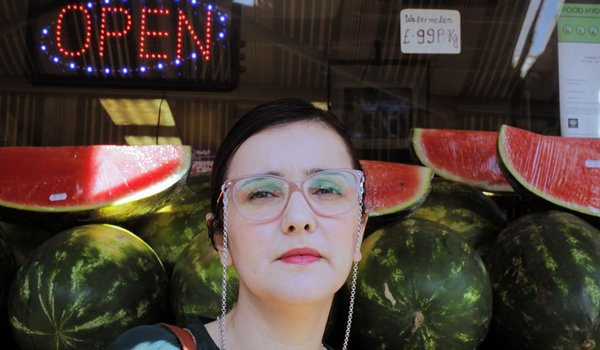
Lara Torres
Unmaking
The short research film ‘Unmaking’ (2016) explores the limits of fashion practices today, proposing a ‘stream of consciousness’ in which Lara looks into transcribing intricate thought processes through the medium of video. The film displays the complexity of these processes of association with existing ideas in an attempt to critically define ‘fashion’. The film’s ‘unmaking’ deconstructs preconceptions about the relationship between body, clothing, production and consumption in an attempt to understand the constituted makeup of ‘fashion’, as one does by undoing the seams of a jacket to know how it was constructed. Intended for use as a means of reflection and resistance, the film refers to a post-productivist condition of fashion design by exposing the limits of production driven by overproduction within the increasingly global market of the 21st century.
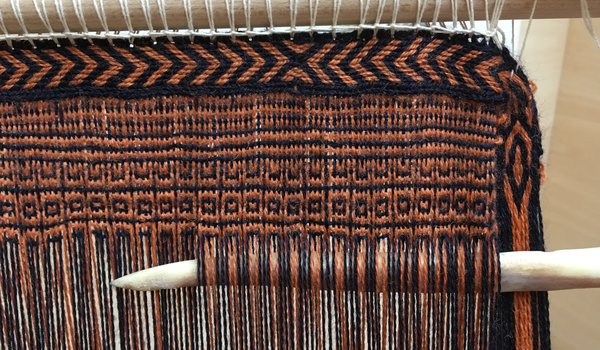
Ellen Harlizius-Klück
Unmaking Digital Mythology
To weave means to decide for every horizontal thread if it goes under or over the next vertical one. For this reason, weaving has always been a binary art. The PENELOPE-project investigates this binary character for weaving in antiquity and follows its traces into the first poetic, cosmologic and scientific texts. The study of textile patterns is especially fruitful for explaining problems of interference and scalability that are still unsolved for digital screens. The unmaking of houndstooth patterns, a favourite of Iron age as well as 21rst century Europe, will serve as an example.
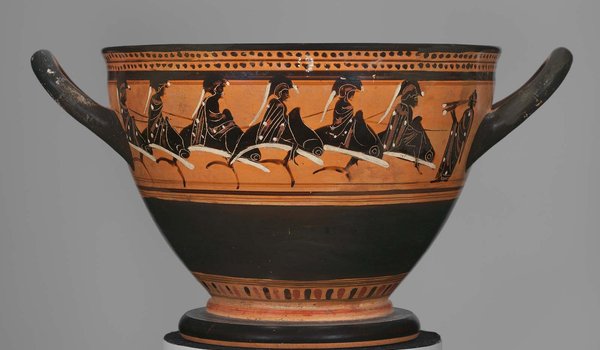
Giovanni Fanfani
Dancing automata: the chorus as machine and artefact in archaic Greek poetry
The performance of archaic Greek choral song-and- dance, acted in a ritual setting and embedded in the social, cultural and civic values of a community, is represented in literary sources as transcending the realm of what is human: stars, Sirens, leaping dolphins, groups of statues and acroteria, are all conceived of as choral formations, while a perfectly synchronized chorus is envisaged (and possibly perceived of by the audience) as a divine automaton, a mechanized ‘wonder to behold’ skilfully crafted by a god. This presentation illustrates instances of ‘choral machine’ in archaic Greek poetry, and argues for the possibility of detecting a kind of algorithmic nature in the structure of the choral song by singling out a set of interrelated patterns (mainly metrical and rhythmical).

Flavia Carraro
Unravelling the Jacquard loom: from algorithm to mechanics, and back
Since its invention, the Jacquard loom represents a paradigmatic example of mechanization and is most often considered as the first ancestor of the computer. Focusing on the real processes implied into the Jacquard weaving – from punched cards to the work at the loom -, this paper aims to address the particular relationship the Jacquard engine establishes between mechanics and algorithms. In particular, the technical interaction of the machine, the weaver and the pattern coding is into the focus of a multimedia description conducted at the Fondazione arte della seta Lisio (Florence, Italy).

Amy Twigger Holroyd
Amy specialises in unmaking knitted garments: developing and sharing methods for reworking the knitwear in our wardrobes. Whether handmade or mass-produced, the knitted structure is inherently ‘tinkerable’: able to be unravelled, reworked and dynamically transformed in countless ways. From this perspective, every knitted garment is ripe for reconfiguration and every stitch a unit of possibility.
Photograph by Jamie Grey at Rugby Art Gallery & Museum

Emma Cocker
Do, Undo, Redo: Penelopean Unmaking as Mêtic Resistance
Exploring the idea of Penelopean ‘unmaking’, the mêtic (cunning, wily) act of ‘doing-undoing-redoing’ is proposed as a subversive alternative to - even a model of resistance to or refusal of - the dominant progressive, goal-oriented tendencies of contemporary culture, which in privileging efficiency and optimization can delimit creative possibilities, reducing the potential for human intervention and invention.

